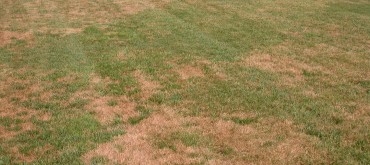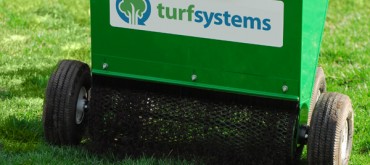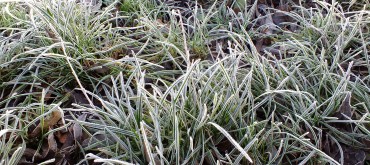Are you aware of what type of grass is growing in your lawn?
The most common and desired grass type here in Ontario for home lawns is a cool season grass known as Kentucky Bluegrass. This is primarily due to its natural ability to perform well in our climate, its strong root system, and its deep green thick appearance when our 3 maintenance macros are applied; Deep and infrequent waterings, mowing no shorter than 3 inches, and high-quality fertilizer applications every 6-8 weeks.
Another grass type we see often in highly maintained home lawn environments is known as Creeping Bentgrass. This plant is actually a native invasive weed that is very good at out-competing other grass types if it becomes too established. If you have been following our earlier email blogs this spring, you may remember us discussing Creeping Bentgrass and its growth delay coming out of dormancy compared to the rest of your lawn at that time of year. Now unlike a sodded Bluegrass lawn, Bentgrass favors light and frequent waterings with a slightly lower mowing height. In addition to Bentgrass being slower to green up in the spring, it can also struggle significantly in the heat of summer as a result of its weak root system, causing it to go dormant once again. Creeping Bentgrass possesses a very shallow root system and can grow very long stems (also known as ‘stolens’) if not addressed properly. This growth pattern also allows it to grow up and over various other weeds and competing grasses, promoting a quick take over the landscape.
If maintenance continues in its favor you will be left with a strictly Bentgrass lawn. If this occurs and maintenance practices are suddenly changed, it can cause the entire lawn to go dormant. We advise anyone with a strict Bentgrass lawn of two options: continue the maintenance that it favors or consider re-sodding the lawn with Kentucky Bluegrass and corrective maintenance strategies going forward. Those who chose to manage the Bentgrass lawn will also need to accept the fact that weed germination is much more likely to occur in the spring when it’s competing grass remains dormant.
If you have any additional questions regarding your specific landscape, feel free to reach out to anyone on our team, whether in the office or in the field!





